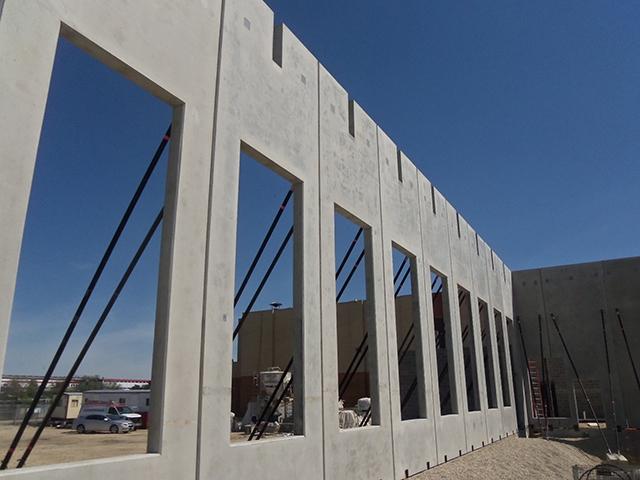The introduction of drywall revolutionized the method of the interior wall. It is a great way to finish interior walls and speeds up construction significantly. Drywall is commonly referred to for its wallboard, also known as gypsum or plasterboard. It is utilized to construct ceilings and walls in the interior. The most crucial factor that is considered when making drywall is its size and its thickness. For decoration of walls in the interior, the hiring of general contractors has revolutionized the method.

The most commonly used thicknesses to install drywall is 3/8 in (0.952 cm) and 1/4 inch (0.635 cm) half inches (1.27 cm) as well as 5/8 inches (1.59 millimeters). In this respect your architect and contractor are the ideal experts to talk to when choosing the suitable drywall thickness. After the installation of the drywall is completed, you are ready to finish painting it.
Drywall installation involves a number of steps, including making the space ready for drywall, laying wallboard, setting up corner beads, taping and mudding, then applying another coat of mudding, and finally applying the last coats of mud, and Sanding.
Drywall is susceptible to damage by exposure to rain. The cracks in the seal can be very irritating for homeowners. The many reasons for cracks in the drywall are changes in temperature, water seepage, and physical damage caused by pressure or shock.
It takes a lot of perseverance to repair the cracks in the wall. The process is easy and all you need is a putty knife, sandpaper paintbrush, seam tape, the mud trowel, mud pan along with safety eyewear.
Drywall aids in the development of mold as it is a porous and light material. The growth of mold is due to dampness and humidity. For those who are susceptible, mold may trigger asthma, allergies, and sneezing. It can also cause symptoms similar to colds.